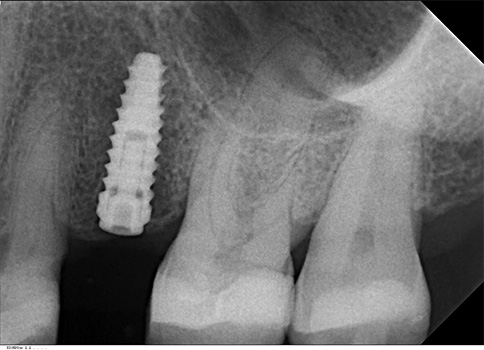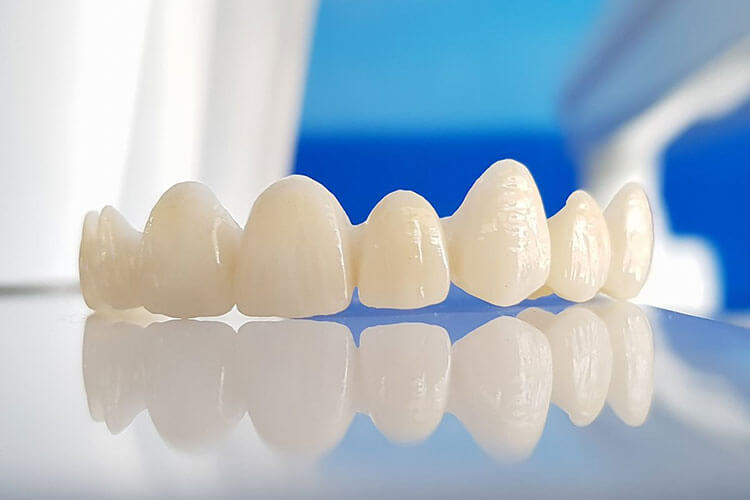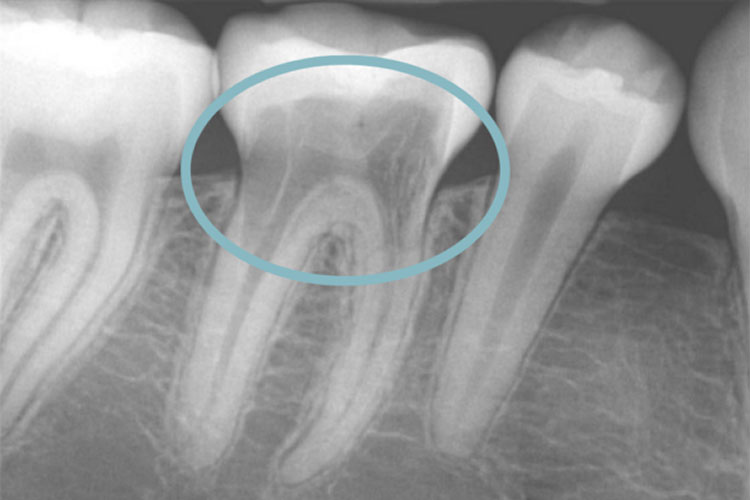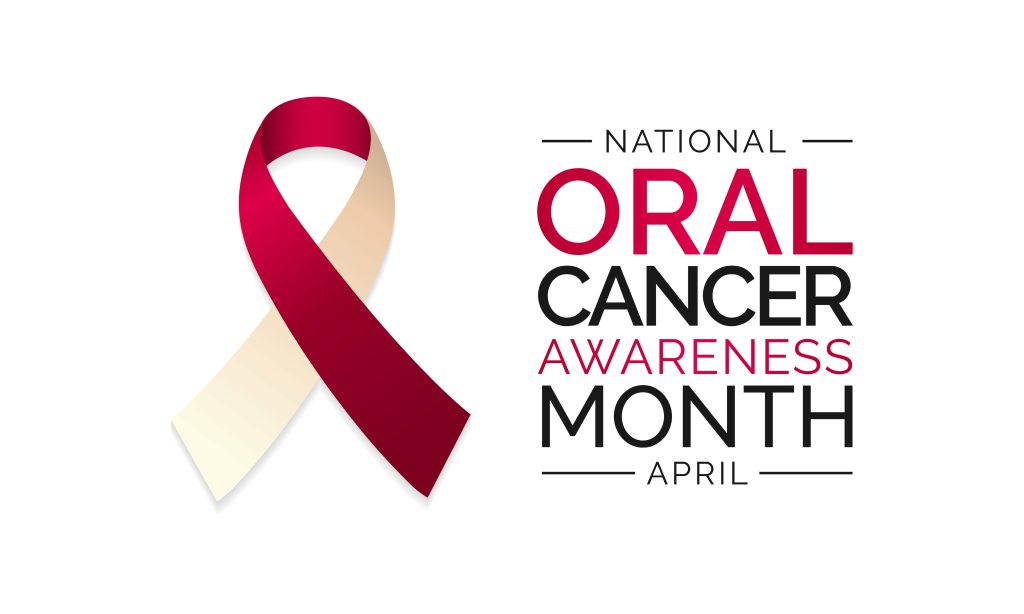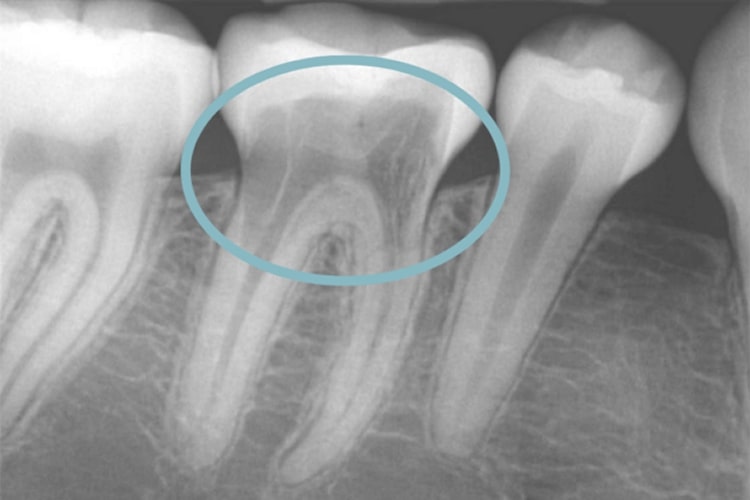Dr. Hawryluk performs BioHorizons guided implant surgery at his Mississauga Dental Clinic, which is a highly predictable and successful technique for implant placement.
Guided implant surgery is the process of planning dental implant surgery on a computer using the patient’s CT (computerized tomography) image. Patients often find the recovery and the actual appointment for placing the implants much better than they expected. The key to this technique is the detailed planning that Dr. Hawryluk does before placement in conjunction with the radiologist. Guided implant surgery is especially helpful in areas where there is minimal bone available. Also, it provides crucial information for the installation of multiple implants and aids in situations where there are issues with proximity to nerves in the jaw. Dr. Hawryluk Jr. carefully plans essential details with the BioHorizons Guided implant protocol to treat these circumstances.
A fully guided implant protocol is critical for ensuring the highest probability of success. Guided implant placement is superior in every measurable parameter of implant placement compared to a ‘freehand’ method. Guided protocols can result in higher quality in implant depth, placement, angulation, and the fit of the dental crown, which will eventually be fit on top of the implant.
Dr. Hawryluk will assess whether a guided implant approach will work in your situation. One of the variables determining this will be whether or not there is adequate vertical space in your mouth available for the guided implant drills. After the initial assessment is complete, Dr. Hawryluk will order a CT from Canaray Radiology. Their Mississauga location recommended as it is relatively close to St. Lawrence Dentistry, has Saturday business hours, and is a ‘walk in’ center. Our patients find the staff at the radiology center efficient, courteous, and attentive.
To visit the website of the Canaray please click here:
We will inform the radiology center if we are planning a guided approach for your dental implants, and they will scan all the indicated areas with this in mind. In particular, they will also scan the teeth opposing the implant area so that the eventual implants will line up ideally as possible with your opposing teeth. Once we have the diagnostic image, Dr. Hawryluk Jr. will make a digital wax of your tooth replacement. All this information collected will ensure the highest predictability of your implant placement.
There are general parameters that Dr. Hawryluk will consider when planning your dental implant. In general, the minimum tooth to adjacent implant distance should be 1.5mm to protect tooth health and prevent soft tissue encapsulation of the implant. This/i minimum distance will also help preserve the papilla (interdental gum) between implants and teeth. For anterior (front teeth) implants, we want them canted in a slightly ‘lingual’ emergence in a ‘buccal/lingual plane’ (buccal means toward the cheek and lingual means toward the tongue). Also, preservation of at least 2mm of the buccal bone around an implant is crucial to minimize any chance of gum recession. Implants replacing front teeth should be sunk 3mm below the facial (toward the lips) zenith of the soft tissue. The minimum implant to implant distance should be 3mm (at least for non-platform switched implants). Platform switching is whenever an abutment used is smaller in diameter than the implant platform. Platform switching can help prevent bone loss, which is fundamental for the implant’s long-term success and stability. It can also increase the volume of soft tissue around the implant, helping to improve the esthetic result. Finally, implants are generally placed over the ‘ridge’ area of bone and are canted slightly ‘lingual’ in a ‘buccal/lingual’ direction.
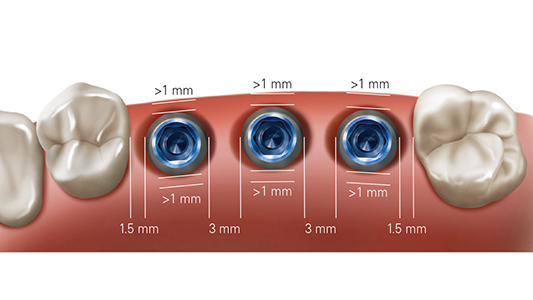
In about 3-4 weeks following your CT scan, the results will be ready, and Dr. Hawryluk will review the CT scan findings. At this point, we can make an accurate estimate for the implant procedure. We will make time for Dr. Hawryluk to discuss the implant procedure with you.
If you elect to proceed with the implant placement Dr.Hawryluk will then have an online planning session with the guide team at the radiology center to decide on the position of your dental implants. Upon completion of the meeting, the radiology center will fabricate a surgical guide using the virtual treatment plan. Also, they will generate a detailed patient-specific surgical protocol for Dr. Hawryluk to follow. This implant guide typically takes the radiology center about a week to make.
Finally, you are now ready to have your implants placed by the most precise and advanced method possible. Dr. Hawryluk will use the surgical guide, and the BioHorizons guided surgery kit while following the carefully planned surgical protocol.
If you like more information about Computer-Guided Implant Placement, please give us a call.



